In an industry that can all too often feel like it wants to wring us of every last drop of money, there’s a special pleasure in noting those most entertaining of freebies: the games hidden inside other games. For instance, did you know the original Animal Crossing was crammed with classic NES games? We’ve rounded up some of our favourite examples of this Matryoshka-game trend.
To be more specific, we’re talking about previously released games, rather than bespoke mini-games or alternative activities that might take place in a larger world. Clearly there should be a whole other slideshow to celebrate the best of those, but here the focus is commercially released games being tucked inside a newer one.
Apart from when we cheat, that is. here’s no way I’m leaving out Geometry Wars, no matter how much that technically breaks the rule. Same for Crash Bandicoot in…well, let’s not get ahead of ourselves, but that one’s also real special..
Anyway, read on, and you may well discover a game in your collection has been secretly containing another you’ve never played.
Day Of The Tentacle ➔ Maniac Mansion
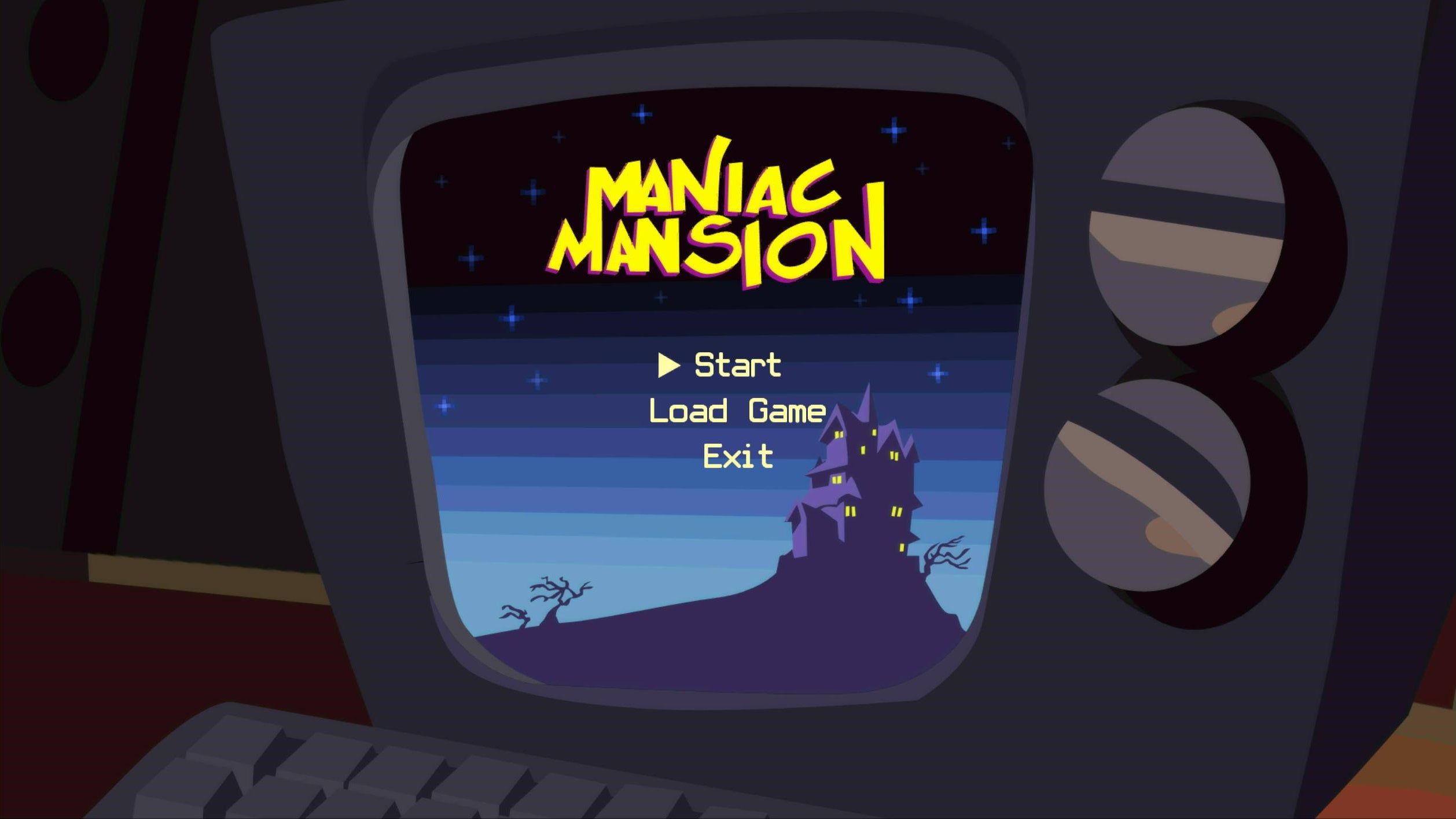
Is this the most famous example of a game within a game? It’s certainly one of the best. When LucasArts released the Best Adventure Game Of All Time™ in 1993, hidden on a PC in one of its many rooms is the entirety of its precursor, Maniac Mansion.
There’s an alternative timeline where this became what all games did: include their previous entry within the sequel. It’s a beautiful place, where there is no war, no one goes hungry, and new Call Of Duty games are 50 terabytes to install. Sadly we are stuck in our hell dimension, and DOTT remains one of the very rare instances where it happened.
The 1987 adventure, Maniac Mansion, doesn’t need to be played to enjoy DOTT at all. In fact…lean closer so I can whisper…I’m not the biggest fan of the game. Shhh. But there’s no denying that you’re getting a heck of a lot of extra game here. MM runs about as long as DOTT, meaning you could double your play-time just by lingering in one Easter egg.
Also, it’s an excuse to boot up Day Of The Tentacle again, and marvel at just how brilliantly funny its puzzles were.
Animal Crossing ➔ Classic NES Games
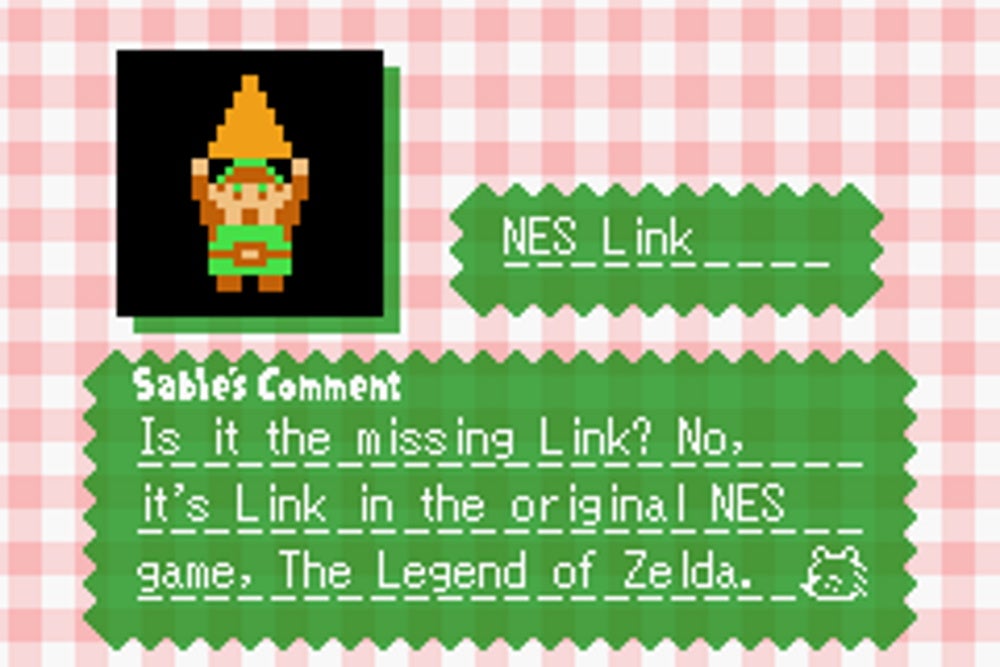
Despite seeming like it should be a series that stretches back to the days of the Game Boy, Animal Crossing’s first appearance in the West was the GameCube’s Animal Crossing: Population Growing (a tagline no one on planet Earth ever noticed or used). But even more surprising is that the 2001 game was a prototype for Nintendo’s Switch Online, which is to say it was an incredibly convoluted way to play a very small selection of Nintendo Entertainment System games.
Via Tom Nook’s Lottery (because there is no capitalist scumbaggery to which Nook will not stoop), you could gain access to original Nintendo classics like Balloon Fight, Donkey Kong, Golf, and Tennis. And Excitebike. Or Clu Clu Land. And even Donkey Kong Jr. Maths and Pinball. All to play on a NES in your island home.
But that wasn’t everything. On the island itself you could stumble upon Wario’s Woods and Baseball. And by various Nintendo offers and giveaways it was possible to get Donkey Kong Jr., Donkey Kong 3, Clu Clu Land D, Punch Out!!, and Soccer. Third-party giveaways and e-Reader cards also added in Mario Bros., Super Mario Bros, Ice Climber, and The Legend of Zelda.
It’s perhaps a little bit sad that what were considered freebie bonuses 20 years ago are now officially stuck behind a paywall on Nintendo’s current systems. And it certainly makes you look at that Nintendo Switch in New Horizons in a whole new way, right?
Doom Eternal ➔ Classic Doom
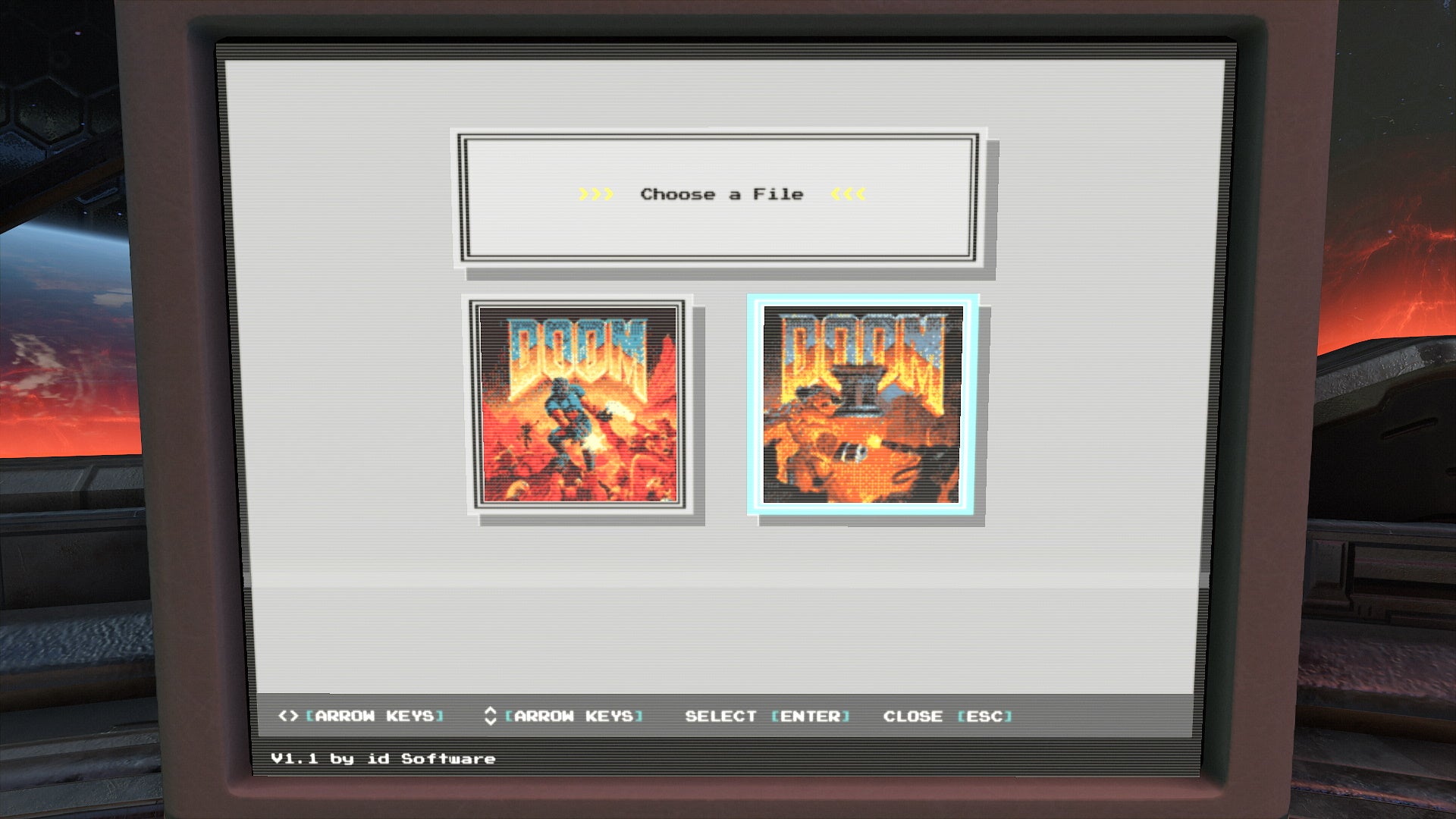
While some of the games on this list make it very easy to find their hidden bonuses, Doom Eternal is going to make you work if you want to play either Doom or Doom II.
Last year’s superb follow-up to 2016’s reboot of the Doom franchise contains both of the original games in the franchise, playable on a PC in the Doom Slayer’s headquarters in the Fortress of Doom. But they’re not so simple to get at. For 1993’s industry-redefining Doom, you need to collect all 14 floppy discs (otherwise used to unlock cheats) hidden around the game. With them all, “File 1” becomes accessible on the PC, and Doom is yours to play.
For Doom II: Hell on Earth you’re going to need a password. “File 2” is also locked, but you can access it right away just by selecting the letters to spell out “FLYNNTAGGART”. (Flynn Taggart was the name of the protagonist in — deep dive time — the original Doom novels!)
It’s worth noting that PC Gaming Wiki reports these versions of both games are censored, Doom being the PSN version, and Doom II being the Bethesda.net edition. You can fix this if you so choose by swapping in an original DOOM.WAD into the folder baseclassicswads.
Uncharted 4: A Thief’s End ➔ Crash Bandicoot
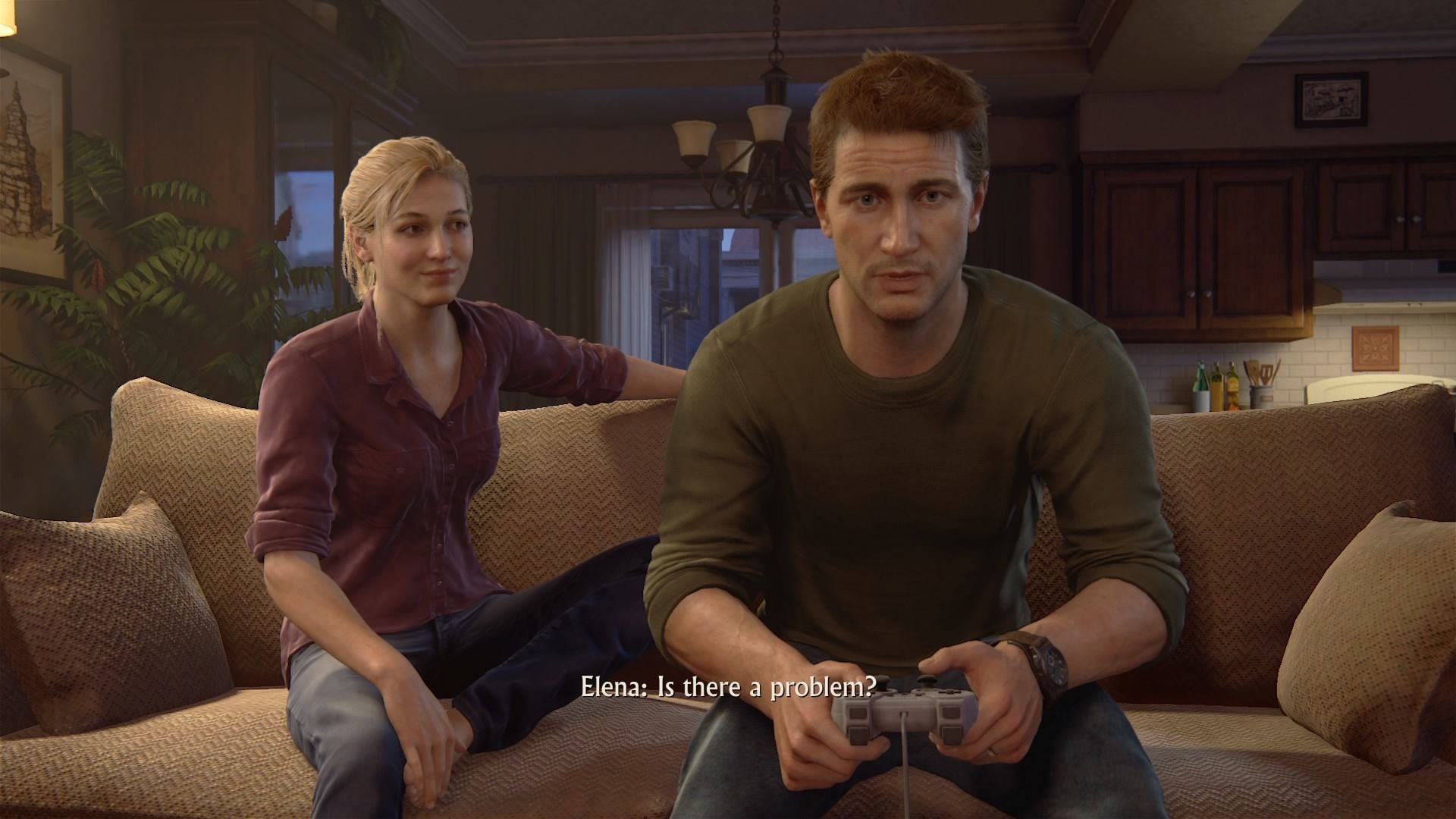
While it certainly isn’t the entire game, one of the most high-profile examples of one completely separate game featuring in another has to be the Crash Bandicoot section of Uncharted 4. And it’s special not just because it’s developer Naughty Dog having fun with its own previous creation, but because of just how wonderfully it’s presented.
Uncharted 4’s greatest trick is how convincingly it presents Nathan Drake and Elena Fisher’s relationship. A combination of superb voice acting and convincing animation makes them feel so damned believable, in a way that games almost never get right. This is in no small part thanks to the teasing of Drake at Fisher’s hands, as she convinces him to have a play of her PS1 game, Crash Bandicoot. She’s a gamer, he is not, and as he has a go, it’s you who plays the game. Cue some of the loveliest banter you’ll find in a game, as Drake (quite accurately) exclaims at that infuriating game’s immediate flaws. And is laughed at.
It’s one of the best scenes in any game, ever, and is only made more special for how it lets you take control of Crash, and on some level dictate the nature of the banter and teasing in response to how you play.
(See also playing Pitfall as a Marvel character in Marvel: Ultimate Alliance.)
Wolfenstein: The New Order ➔ Wolfenstein 3D
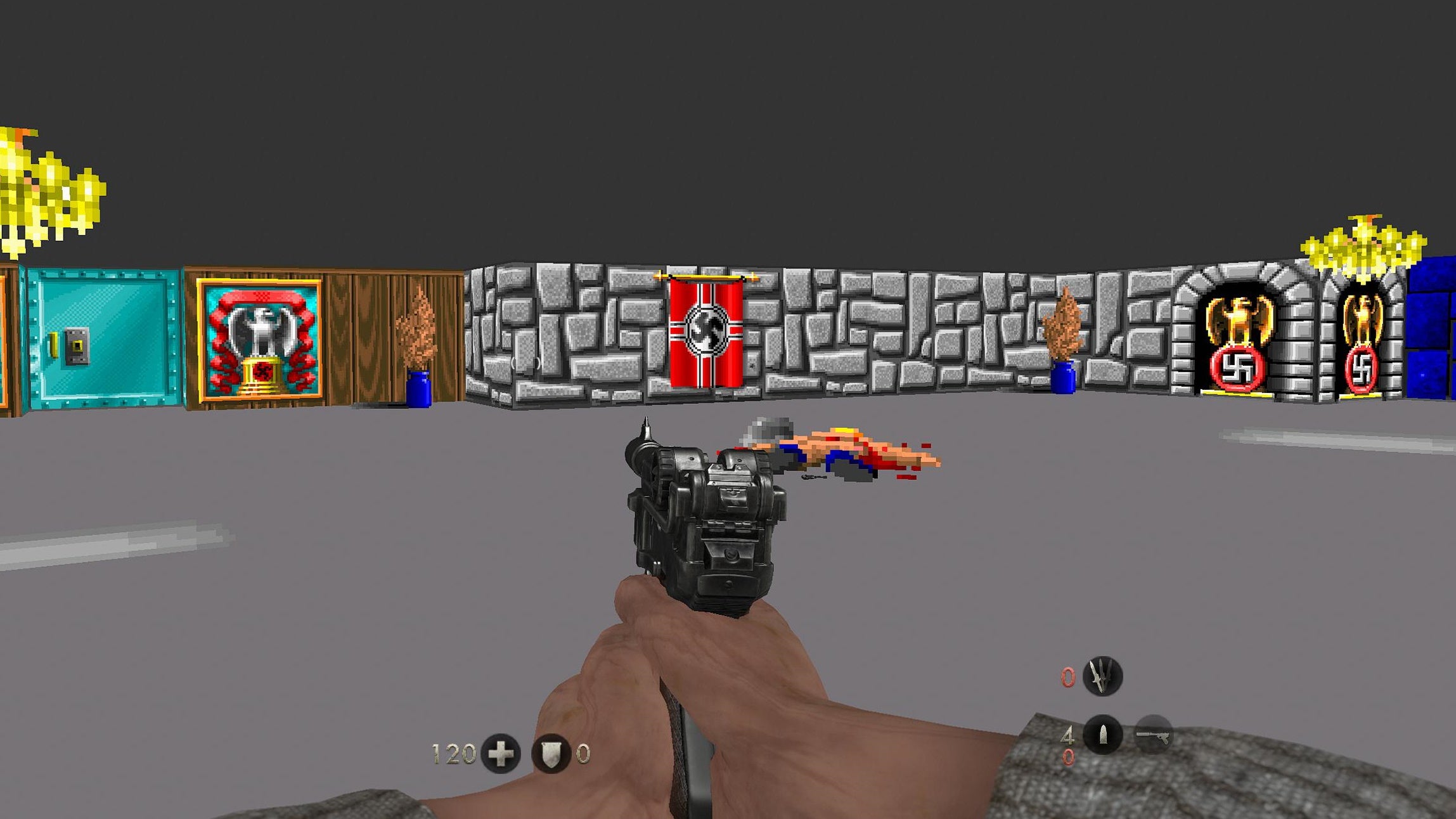
The modern Wolfenstein games are almost unrecognizable compared to the franchise’s origins. Beginning in 1981 and ‘84 as a stealth-action game for the Apple II, the series was then revived by a pre-Doom id Software as 1992’s Wolfenstein 3D.
While Wolf 3D was certainly not the first first-person shooter as it’s oddly credited all too often (that honour goes to 1973’s Maze War), it was absolutely the game that made the genre authentic. Almost 30 years later, it’s still an enormously playable and entertaining game, as was discovered by those who found the not-very-well hidden Easter egg in 2014’s The New Order.
Once you’ve reached the resistance headquarters in The New Order’s campaign, have a poke around upstairs and you’ll discover a makeshift bed in the loft, on which you can take a nap. Do so, and you’ll dream you’re playing Wolf 3D. By, you know, playing it. It’s just the first level, and even more strangely you still have your New Order weapons and healing, but it’s no less a delightful surprise.
Indiana Jones And The Staff Of Kings Wii Edition ➔ Fate Of Atlantis
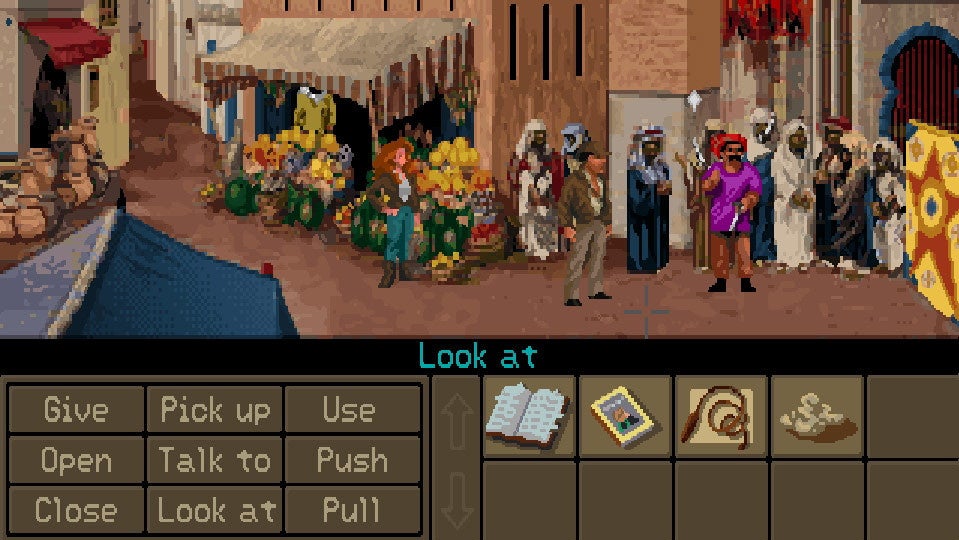
2009’s Indiana Jones and the Staff of Kings might have been dreadful, but those who bought it for the Nintendo Wii certainly got the better deal. While its motion controls were a complete disaster, and its plot an insult (even so soon after the atrocious Kingdom of the Crystal Skull), it was the only version that contained an unlockable port of the glorious 1992 point-and-click adventure Indiana Jones and the Fate of Atlantis.
LucasArts’ classic adventure game was one of the best examples of the genre, with its three separate paths, its original plot that still should be made into a movie, and so many wonderful gags between Indy and playable character Sophia Hapgood.
In fact, so bad was the main game, and so good the bonus extra, that one cunning player created new high-res Fate of Atlantis box art to print out and slip into your Wii case.
Project Gotham Racing 2 ➔ Geometry Wars
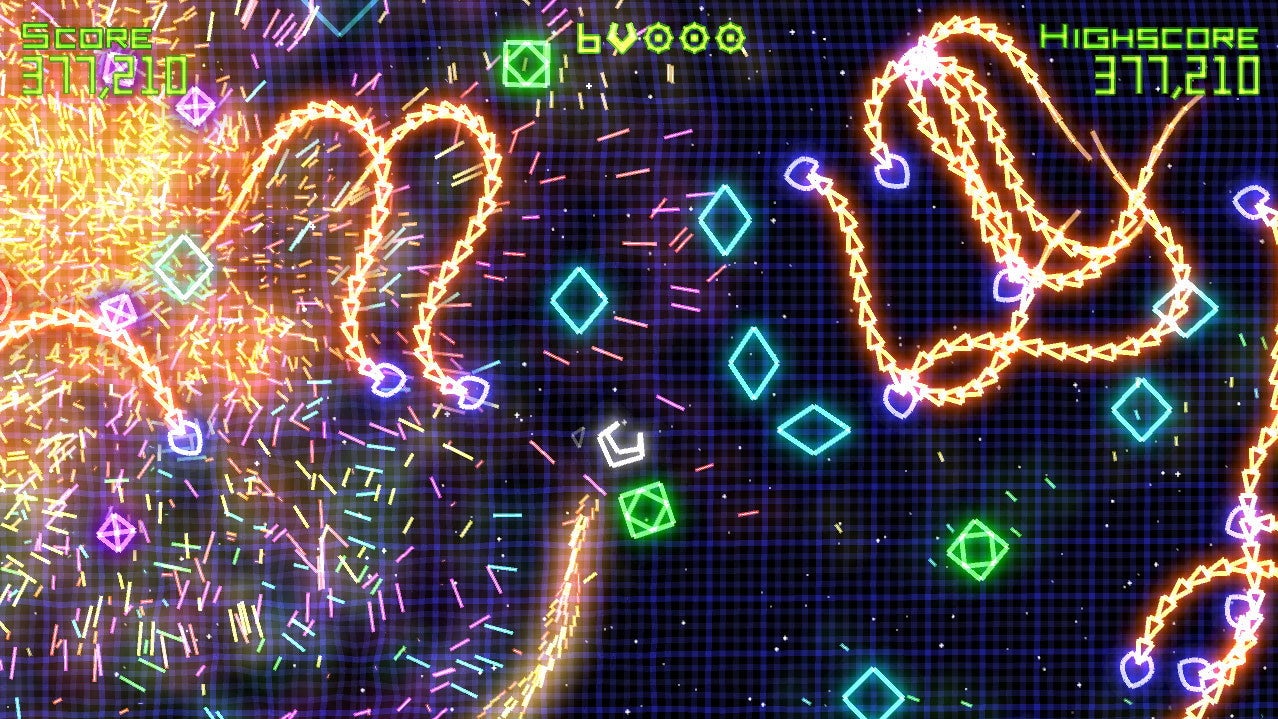
OK, so admittedly this one is slightly stretching the remit here. Technically, the smash hit Geometry Wars wasn’t an independently released game before its deeply peculiar appearance in Project Gotham Racing 2. Instead, it proved so popular as a hidden bonus that it saw its own separate release after, going on to spawn sequels of its own.
Bizarre Creations (RIP) released PGR2 in 2003, as an Xbox exclusive. The racing game elaborated on the previous game’s focus on Kudos points, fast-driving, and car collecting, as well as adding an arcade cabinet to the player’s car garage.
Now, this is nothing especially original, and collating all the fictional arcade games that appear on machines in games would be a whole other slideshow. But this one sneaks in because the game on board was Geometry Wars, and players were finding themselves spending as long with this top-down shooter as they were driving cars.
It was so popular that not only was the arcade game released two years later as its own product, but it was one of the launch titles for the Xbox 360. In fact, it was a highlight in a particularly dreadful collection of launch games. The arcade fun of a twin-stick shooter, with its wonderful effects and note-perfect delivery of waves of enemies, was ludicrously sticky.
Geometry Wars of course has gone on to receive multiple sequels of its own, although tragically Bizarre Creations’ successor, Lucid Games, didn’t have the good sense to put one of them into this year’s Destruction AllStars.
Homefront: The Revolution ➔ TimeSplitters 2
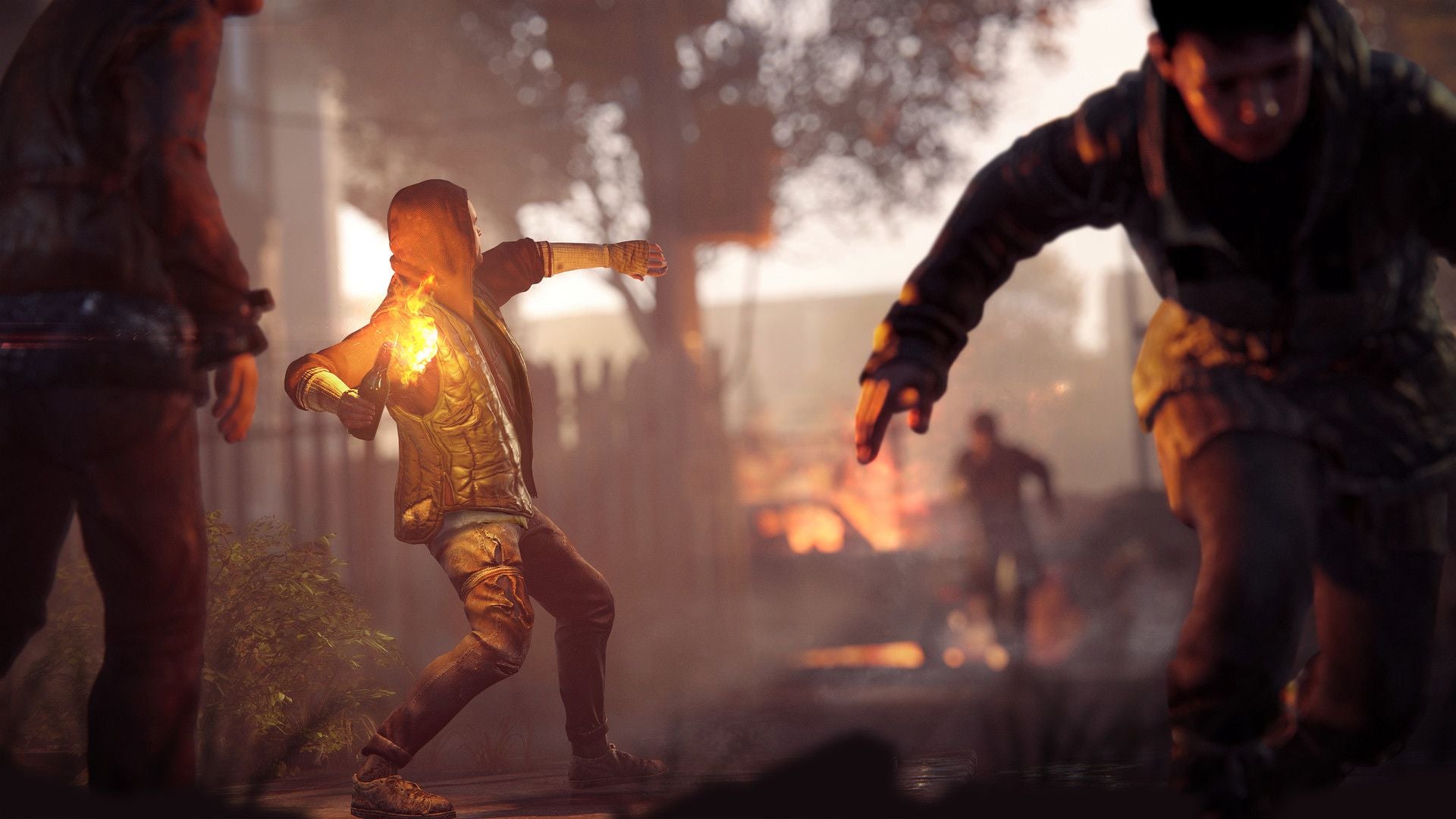
What an odd game Homefront: The Revolution was. A sequel to a genuinely abysmal game that thankfully had almost nothing in common with its predecessor, this was an open-world game set in a North Korea-occupied Philadelphia. It was also buggy, unbalanced, had a lengthy tutorial that bore nothing in common with the actual game, and the poor game was caught up in the demise of THQ, shuffling through numerous publishers. In amongst its muddle of huge achievements and dismal failures, however, lies an arcade cabinet. And on that cabinet are two levels of TimeSplitters 2.
But the story gets even more bonkers. Because while TS2’s Siberia and Chicago levels were intentionally made available to players, years later it was discovered that the cabinet in fact contained the entire game. But the programmer who put it there, the whole thing rendered in 4K, forgot the cheat code to access it.
After an appeal on Twitter, h4x0rz got to work, and the long-lost code was recovered. And so now, years after release, you can now play the entirety of TimeSplitters 2 in Homefront: The Revolution, not emulated, but ported in 4K.
Call Of Duty ➔ Zork
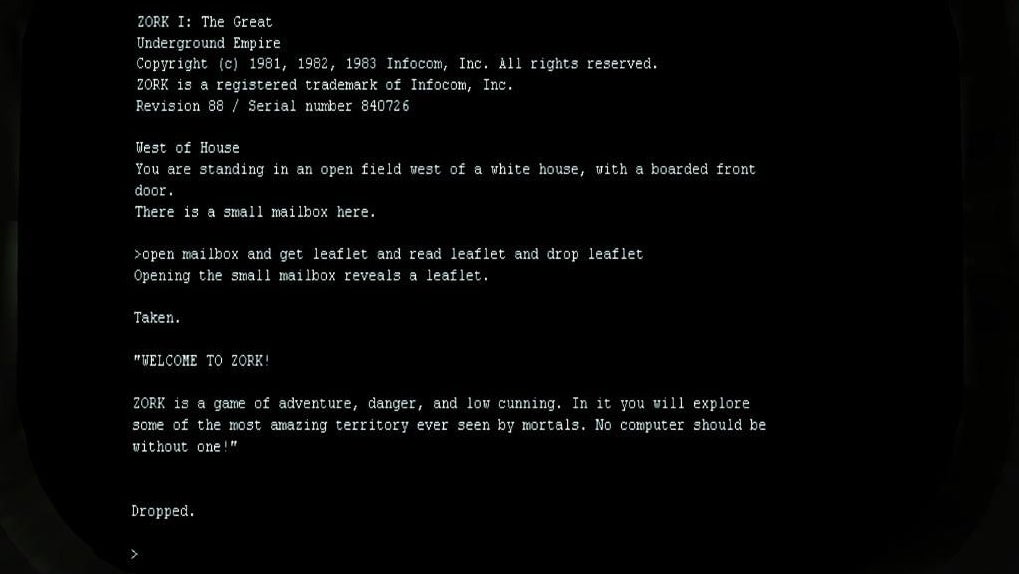
Activision has had a long time to get as dreadful as it is today. It was created in 1979, more than four decades old, and along the way has gruesomely absorbed all manner of other developers and publishers. One such acquisition was Infocom, the early masters of the text adventure, which Activision bought in 1986. (And then shut down in 1989, because twas ever thus.) In buying it, Activision gained the rights to the classic Zork series of adventure games, and has kept them ever since.
So it is that if you play either Call of Duty: Black Ops or Black Ops Cold War, and use the computer terminal in the East Berlin CIA safehouse, you can type “zork” into its text prompt and play the entire 1980 game.
Zork was first created at MIT in 1977, played on the DEC PDP-10 mainframe computer, its four programmers then going on to found Infocom in ‘79. It was first commercially released in 1980, then ported to various home computers throughout the 80s, along with its sequels, each featuring a mixture of the burgeoning dungeon mastering of the era along with a good dose of humour via its nonsensical FrobozzCo products.
But most importantly, it’s fun to imagine a die-hard CoD player stumbling on this, and getting completely lost in its text-based imaginary world.
Oh, and I should probably add that the further you get in the game, the more other ancient Activision games appear on the arcade cabinet in the same location. On there you’ve got Pitfall!, Pitfall 2, Barnstorming, Boxing, Chopper Commando, Enduro, Fishing Derby, Grand Prix, Kaboom!, and River Raid.
So yeah, those are my favourite secret games within games. Are there any missing here that are near and dear to your heart?
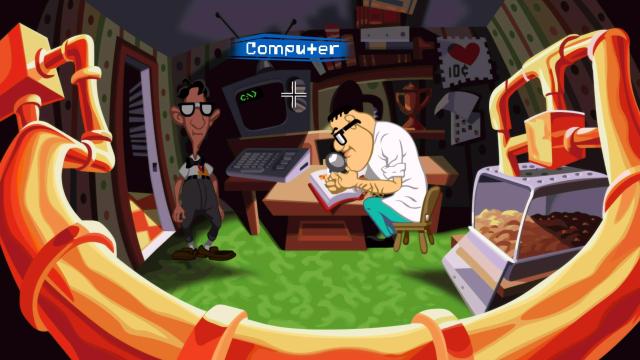
Leave a Reply